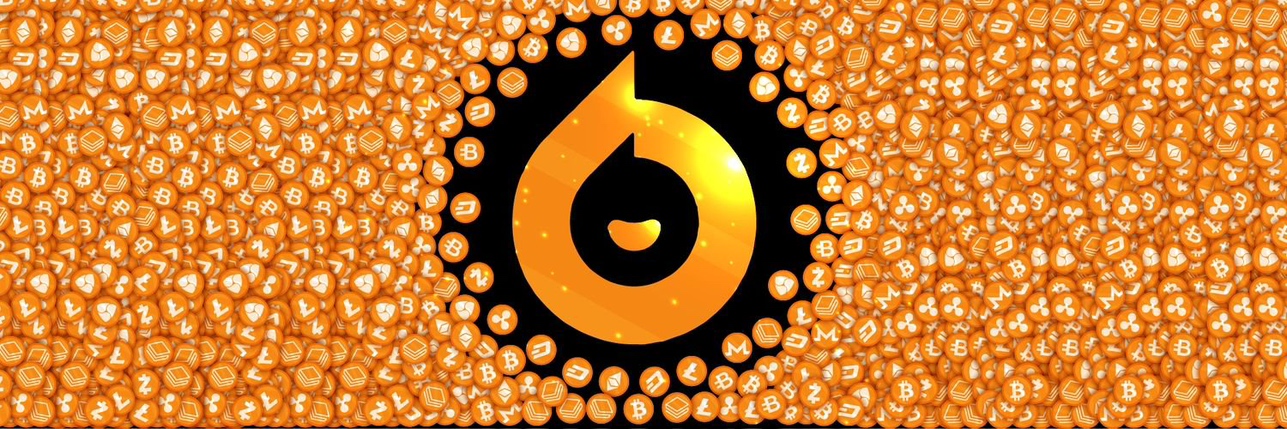


Baby Moon Floki PriceFLOKI
FLOKI to USD converter
Do you think the price of Baby Moon Floki will rise or fall today?
About Baby Moon Floki (FLOKI)
Title: Exploring The Innovative Baby Moon Floki Token: An Evolution in Cryptocurrency
The world of cryptocurrency is ceaselessly propelling forwards, introducing new and innovative decentralized digital currencies. One such recent introduction to the world of digital finance is "Baby Moon Floki", a token that has ushered in a new chapter for investors, technology enthusiasts, and financial experts alike.
Overview of Baby Moon Floki Token
Baby Moon Floki is an original and emerging cryptocurrency, a decentralized finance (DeFi) token. It represents a unique type of digital asset that comes with an automatic liquidity pool (LP) acquisition procedure, and it possesses deflationary characteristics which help to keep its value high.
Key Features of Baby Moon Floki Token
The Baby Moon Floki Token has brought plenty of unique features and lucrative benefits to the table for its users.
1. Decentralized and Secure
Embracing the power of blockchain">blockchain technology, Baby Moon Floki is decentralized, meaning that it's not governed or supervised by any central authority. This adds to the security and makes it immune to any kind of external influence.
2. Deflationary Traits
Baby Moon Floki possesses deflationary qualities due to its fixed quantity which encourages scarcity and aids in maintaining a high token value.
3. Passive Earnings
By holding Baby Moon Floki Tokens, holders can earn rewards or additional tokens. This allows for passive earnings, a lucrative added perk for investors in this cryptocurrency.
4. Versatile and User-Friendly
Baby Moon Floki prides itself on its user-friendly approach, making it easy for everyone to invest, buy, sell, or trade its tokens, thus inviting more audience participation.
Historical Significance of Cryptocurrencies
Cryptocurrencies, including tokens like Baby Moon Floki, represent a paradigm shift in the financial world. They reflect a momentous move away from traditional, centrally regulated currencies towards decentralized and digital financial mechanisms.
Conclusion
As we navigate the cryptocurrency market's complexities, it's clear that tokens like Baby Moon Floki hold potential to redefine the way we view finance. Capable of meeting the ever-evolving needs of an increasingly digital economy, this token highlights the trend towards embracing decentralized, secure, and deflationary cryptocurrencies.
With its unique features and potential for growth, Baby Moon Floki is making its mark in the world of cryptocurrency. As we look forward to the exciting future of digital finance, remember, it's not just about a return on investment. It's about being part of a revolutionary movement in the world of finance and beyond.
AI analysis report on Baby Moon Floki
Live Baby Moon Floki Price Today in USD
Baby Moon Floki Price History (USD)
 Lowest price
Lowest price Highest price
Highest price 
What is the highest price of Baby Moon Floki?
What is the lowest price of Baby Moon Floki?
Baby Moon Floki Price Prediction
What will the price of FLOKI be in 2026?
What will the price of FLOKI be in 2031?
Hot promotions
FAQ
What is the current price of Baby Moon Floki?
What is the 24 hour trading volume of Baby Moon Floki?
What is the all-time high of Baby Moon Floki?
Can I buy Baby Moon Floki on Bitget?
Can I get a steady income from investing in Baby Moon Floki?
Where can I buy Baby Moon Floki with the lowest fee?
Baby Moon Floki Holdings
Baby Moon Floki holdings distribution matrix
Baby Moon Floki holdings by concentration
Baby Moon Floki addresses by time held

Global Baby Moon Floki Prices
- 1
- 2
- 3
- 4
- 5
Related cryptocurrency prices
Prices of newly listed coins on Bitget
Buy more
Where can I buy crypto?
Video section — quick verification, quick trading

FLOKI to USD converter
Baby Moon Floki ratings
Bitget Insights




Additional info on Baby Moon Floki
Coin overview
Coin-related
Trade-related








